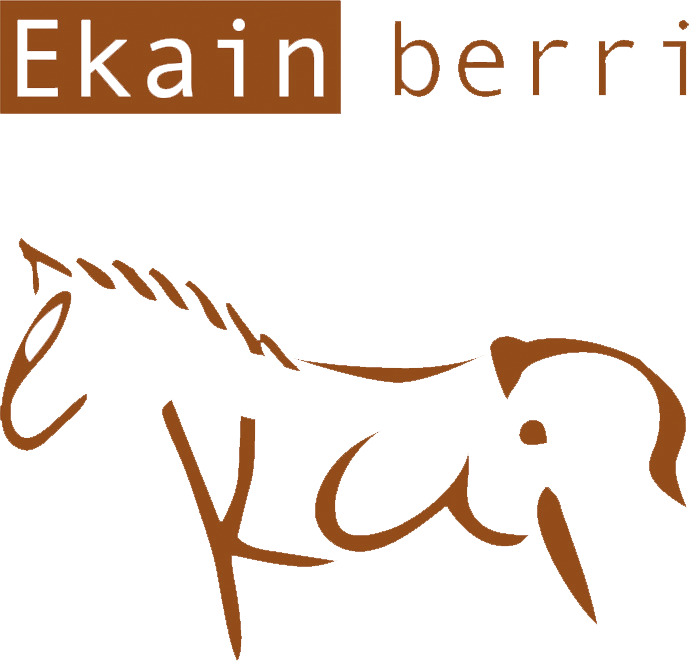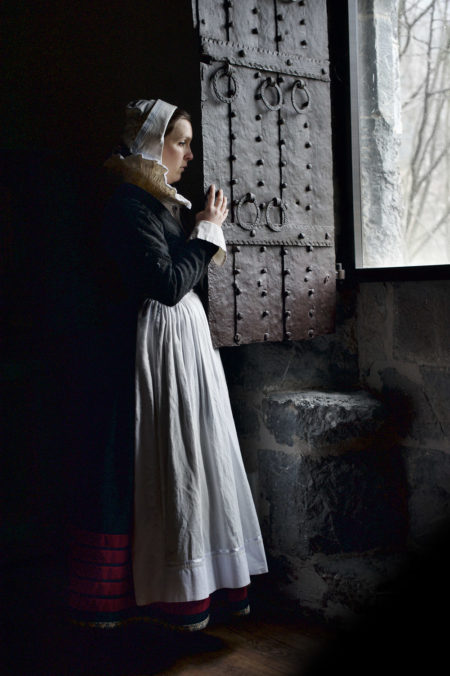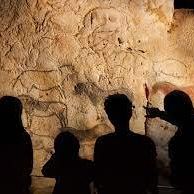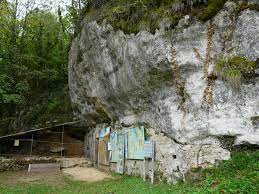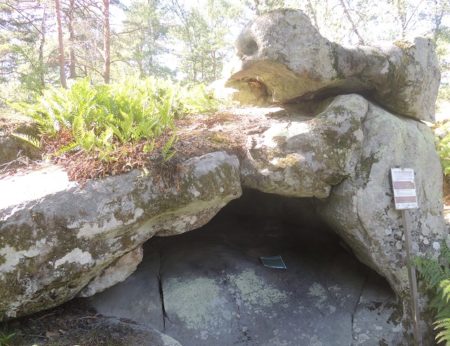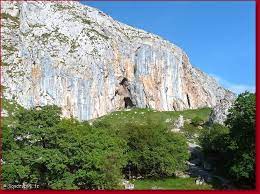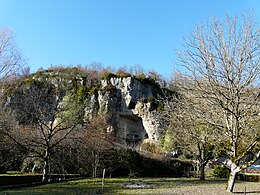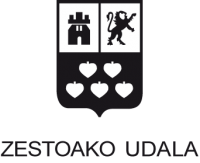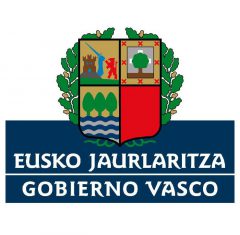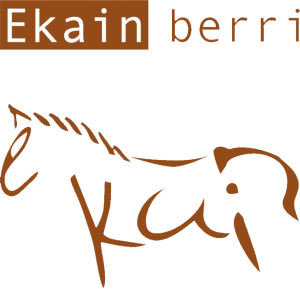Este sábado dará comienzo la temporada de visitas programadas en el Palacio Lili de Zestoa El inicio de la nueva temporada de visitas teatralizadas del Palacio de Lili se suma
ContinueThe Ekain cave is located in the eastern face of the Ekain hill, in the small valley created by the Sastarrain stream. It was the ideal location for a prehistoric settlement. It is about one kilometre from the district of Zestoa, to which it has easy access. It is famous for its Palaeolithic cave paintings which are outstandingly well-preserved. The cave contains around 70 animal figures, of which 64 are painted and 6 engraved. Horses are the animals that feature the most. The set of horses is one of the richest and most beautiful examples of Franco-Cantabrian art and it is considered the finest wall painting of its type. The animal figures at Ekain also include bears, crows and goats. The cave is divided into different galleries that are named, in Basque, after the figures in them: Erdibide, Auntzei, Erdialde, Zaldei, Artzei and Azkenzaldei.
